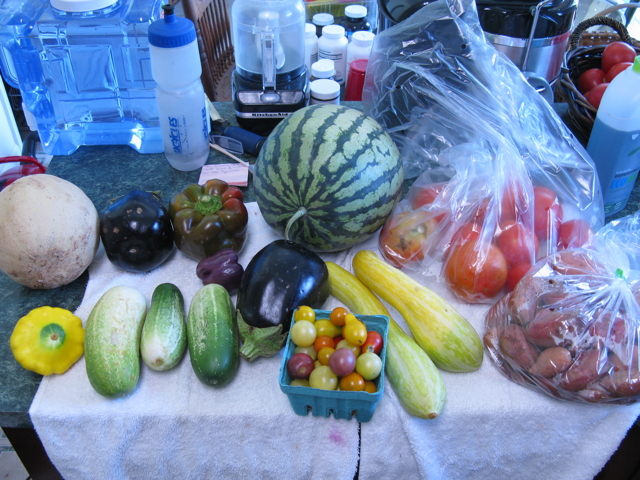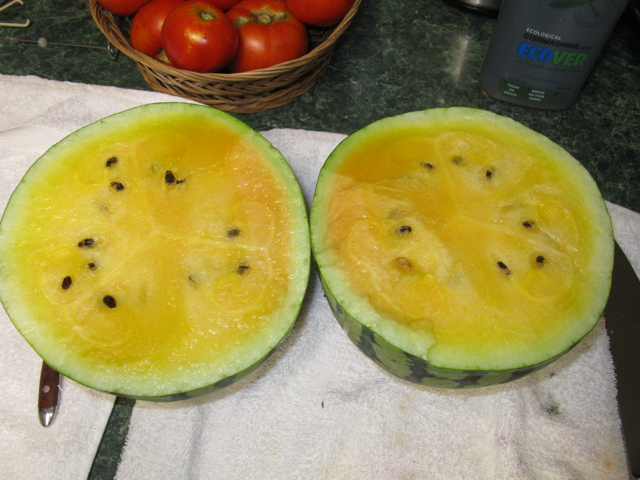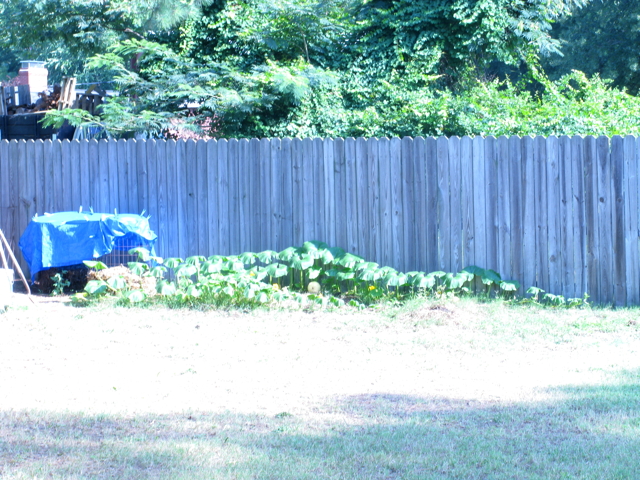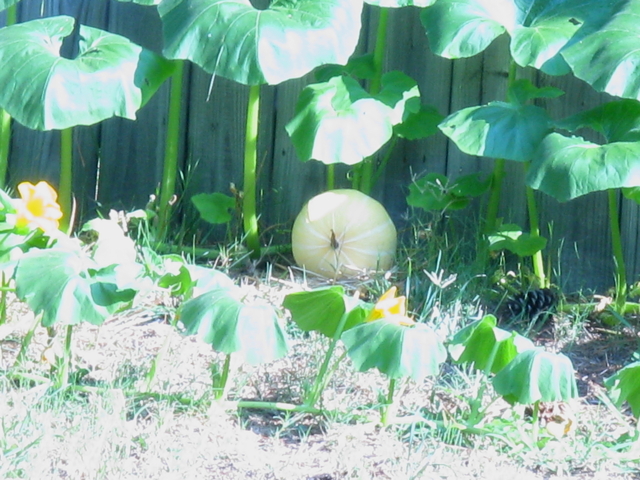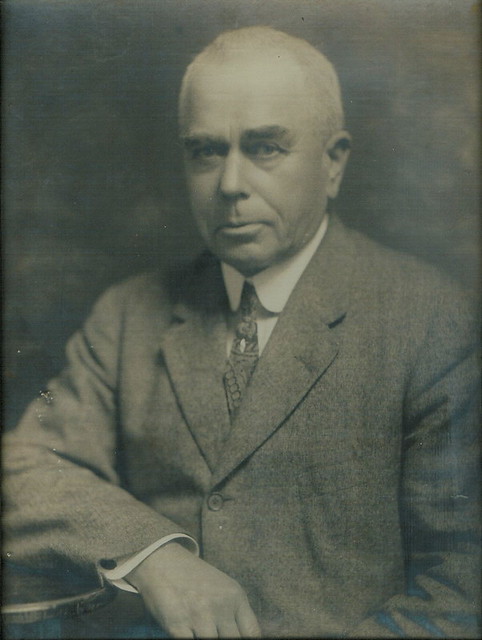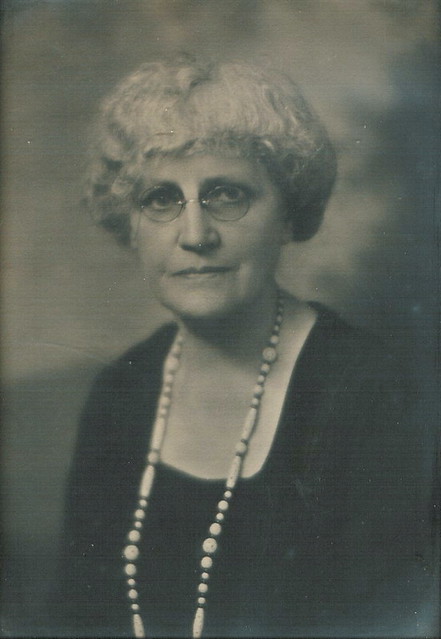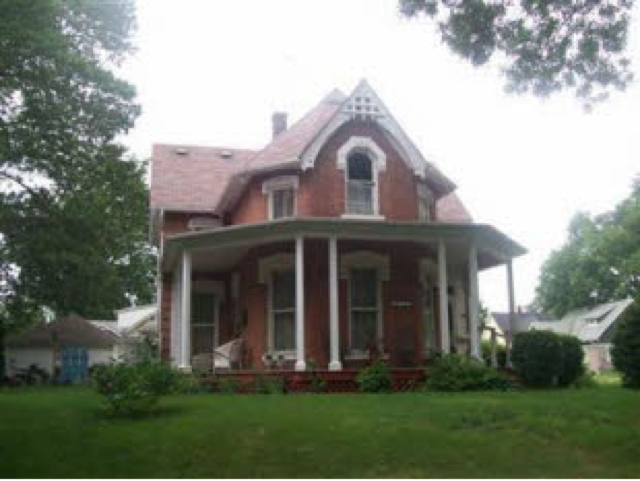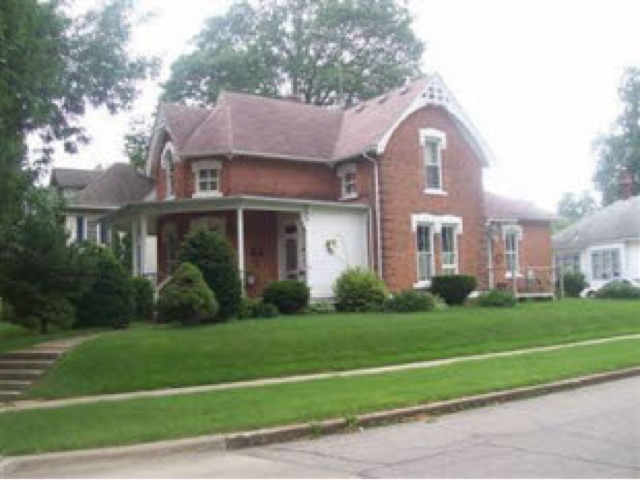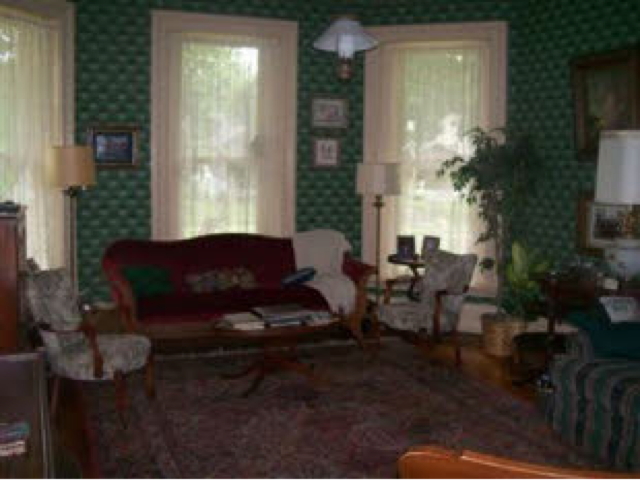Back when I joined Facebook, I started a Kruidenier Family Group for people with the last name "Kruidenier"—a rare enough name to create a small group. I haven't counted lately, but I think around 30+ Kruideniers have found the group and joined up from all over the world.
I looked at the Group's page the other day and found a note left by a nice lady in Pella, Iowa, who isn't a Kruidenier but lives in a house built and inhabited by a "Dirk Kruidenier" in the late 1800's. Dirk Kruidenier, and his wife, Wilhelmina Pluggers Kruidenier, were my paternal great-grandparents. I contacted the lady and asked for more information about the house. She and her husband had bought and renovated the house and lived in it for a number of years, but were selling it. She directed me to a local real estate web site where I found some pictures.
Pella, Iowa, (40-50 miles east of Des Moines) was founded in 1847—the settlement of around 800 Dutch immigrants who journeyed to America. I actually have the beautiful wooden trunk brought from Holland by Dirk Kruidenier when he emigrated with his parents as a six-year-old in 1854. He and Wilhelmina Pluggers were married in Holland, Michigan, (her hometown, also the daughter of "pioneer Dutch settlers") in 1877, and they lived in Pella in the house (below) where Dirk owned a "general merchandise store there, with considerable success" (from his obit). They moved to Des Moines, Iowa, in 1904 where he entered the wholesale carpet business. Then, in 1910, he along with his three sons became the distributor of Cadillac automobiles in the region: Kruidenier-Cadillac Co.
Here is Dirk Kruidenier:
And Wilhelmina:
These pics of their house are from the real estate web site, so not great quality. The lady who currently owns the house offered this info: 11-foot ceilings downstairs, transoms over all the interior doors for air circulation, plaster medallions on the ceilings in four rooms with a large hook for hanging gas lights, three bedrooms upstairs (plus a bath the current residents added) and a master bedroom and bathroom downstairs. She said they love the house and hate to sell it.
The design is unusual to me: the bulbous living room on the front of the house with dual front doors (?), one on each side of the porch (?):
The lady said the brick walls of the house were "three bricks thick!"
Nice detailing over the windows and in the brick work on the right:
The interior of the aforementioned living room with the curved front wall. I like the period wallpaper:
I'd never seen pictures of this house before. Nice to get a glimpse of where one's forebears lived—especially after coming to America with everything in a small trunk.
Dirk died in Des Moines of a heart attack at age 68 (1916), and Wilhelmina lived until age 80, also dying of a heart ailment of some sort. (Unfortunately, Dr. Caldwell Esselstyn wouldn't write Prevent and Reverse Heart Disease until 2007.)
I would love to have known them both.
